As the population continues to age, the number of necessary hip replacements rise, which means we’re seeing more 3D printed hip implants and hip cups. Implanting a hip cup is fairly straightforward these days, but removing one, for reasons ranging from abrasion and infection to loosening, is another story. Surgeons typically have to use a hammer and chisel for this, which can damage tissue and bone and make it hard to reinsert a new implant.
 Germany medical device company Endocon, a GE Additive customer, is using additive manufacturing to make it easier for surgeons to remove hip replacement cups. The company isn’t 3D printing the cups, but instead created a new device, called an acetabular cut cutter, with 3D printed blades. This product has improved not only the surgical experience for the patient and physician, but the cost savings and product reliability as well.
Germany medical device company Endocon, a GE Additive customer, is using additive manufacturing to make it easier for surgeons to remove hip replacement cups. The company isn’t 3D printing the cups, but instead created a new device, called an acetabular cut cutter, with 3D printed blades. This product has improved not only the surgical experience for the patient and physician, but the cost savings and product reliability as well.
“We’ve also been able to reduce the cost per blade by around forty to forty-five percent. That means cost savings for us and in turn for our customers,” said Klaus Notarbartolo, the General Manager at Endocon. “When you combine that with a reduction in product development time, higher efficiency and lower rejection rates, then the business case for additive really becomes attractive.”
Typically, traditional casting is used to manufacture cutting blades, but for an end product that comes in a variety of shapes and sizes, it could take up to three and a half months to produce a single batch of blades. Casted blades can also have a rejection rate of about 30% due to issues like non-repeatable quality, corrosion, and consistent hardness.
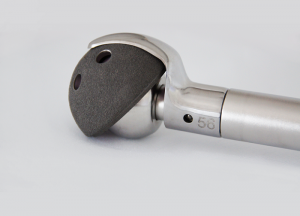 The company called on GE Additive’s Concept Laser Mlab Cusing 100R, which uses direct metal laser melting (DMLM) technology, to 3D print the blades for its endoCupcut in 17-4 PH stainless steel. This reusable device allows surgeons to quickly loosen and extract cementless hip cups without damaging the surrounding bone, as its blades allow for more precise cutting along the edge of the acetabular cup. Additionally, it can be combined with up to 15 different 3D printed stainless steel blades in sizes ranging from 44 mm to 72 mm, and makes it possible to implant the same size cup that was originally there.
The company called on GE Additive’s Concept Laser Mlab Cusing 100R, which uses direct metal laser melting (DMLM) technology, to 3D print the blades for its endoCupcut in 17-4 PH stainless steel. This reusable device allows surgeons to quickly loosen and extract cementless hip cups without damaging the surrounding bone, as its blades allow for more precise cutting along the edge of the acetabular cup. Additionally, it can be combined with up to 15 different 3D printed stainless steel blades in sizes ranging from 44 mm to 72 mm, and makes it possible to implant the same size cup that was originally there.
The 3D printed blades for the endoCupcut, which had only minimal changes from the original model, can be available in just three weeks, including post-processing. The device now has a rejection rate of less than 3%, can achieve consistent outcomes, and the 3D printed blades show excellent corrosion resistance. Rather than cracking after 600 N, the blades show a plastic deformation after applying 1,8 kN, and their hardness level has improved to 42+-2 HRC, compared to 32 HRC.
“Endocon’s ability to solve multiple challenges using additive is impressive example of how it can have a positive impact for smaller companies targeting the orthopedic industry,” said Stephan Zeidler, Business Development Manager Medical for GE Additive. “What started with the need for a reduced time-to-market in terms of product development and flexible production of various shapes and sizes has resulted in a smart, innovative medical product that enhances patient outcomes.
“Moving the entire production process from casting to additive manufacturing was a logical step and that shift continues to provide inspiration for future projects.”
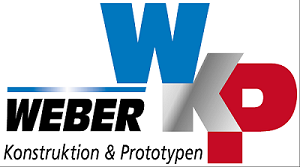 Metal 3D printing specialist and service bureau Weber-KP manages the entire process, including data preparation, build platform orientation, 3D printing, surface finishing, hardening, and bead blasting, for Endocon. The company has even improved the manufacturing process of the blades in order to, as GE Additive put it, “maximize the best possible outcome” and can fit between two and six blades on the Mlab Cusing 100R’s build platform, depending on orientation and size.
Metal 3D printing specialist and service bureau Weber-KP manages the entire process, including data preparation, build platform orientation, 3D printing, surface finishing, hardening, and bead blasting, for Endocon. The company has even improved the manufacturing process of the blades in order to, as GE Additive put it, “maximize the best possible outcome” and can fit between two and six blades on the Mlab Cusing 100R’s build platform, depending on orientation and size.
Using DMLM technology to 3D print the blades has improved their mechanical properties, and also ensures high density and accuracy. By using stronger, harder, and more reliable blades on the endoCupcut, the device performs better for the surgeon in the operating room, and also makes things safer for the patient by lowering the risk of breakage and splinters being embedded in their tissue. Using this device, surgery time has been decreased from 30 minutes to just three, and its precise cutting method preserves the highest possible amount of bone substance, which “supports an accelerated healing process for the patient.”
Other benefits of fabricating the endoCupcut blades with DMLM 3D printing include:
- High-fitting accuracy of blades through modular system of ball-shaped heads
- Perfect fitting of ball-shaped heads in a 38-60 mm width
- Reusable for multiple operations
- Wear-resistant and easy to sterilize
Lowering surgical risk saves hospitals money and time, and the world is definitely taking notice of Endocon’s innovative work. The endoCupcut is already being used by several medical professionals around Germany, and the company itself is a finalist in the TCT Awards next week.
Discuss this story and other 3D printing topics at 3DPrintBoard.com or share your thoughts below.
[Images provided by GE Additive]

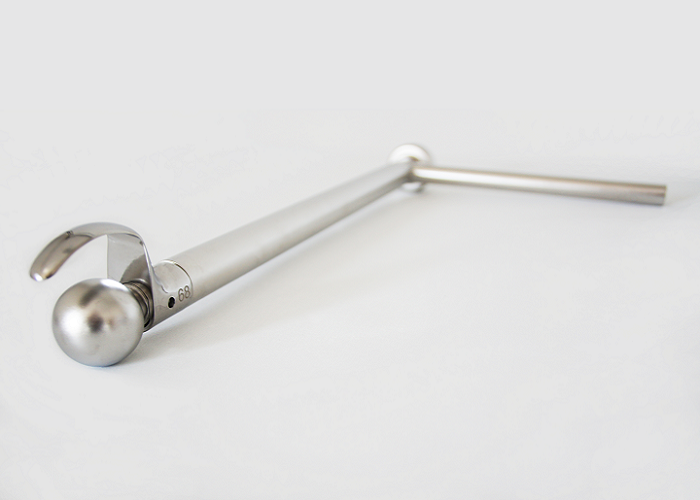
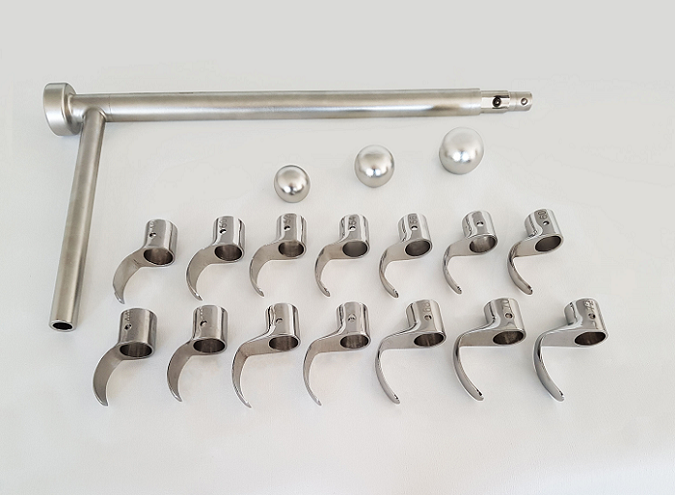
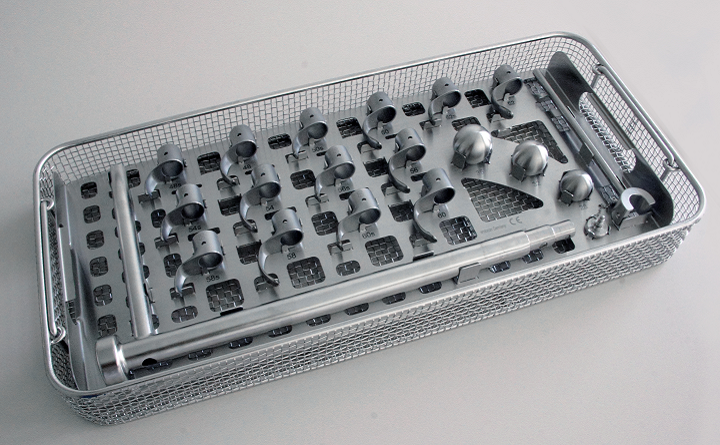
48 Replies to “GE Additive Customer Uses DMLM 3D Printing to Manufacture Blades for Medical Cutting Device”
Comments are closed.